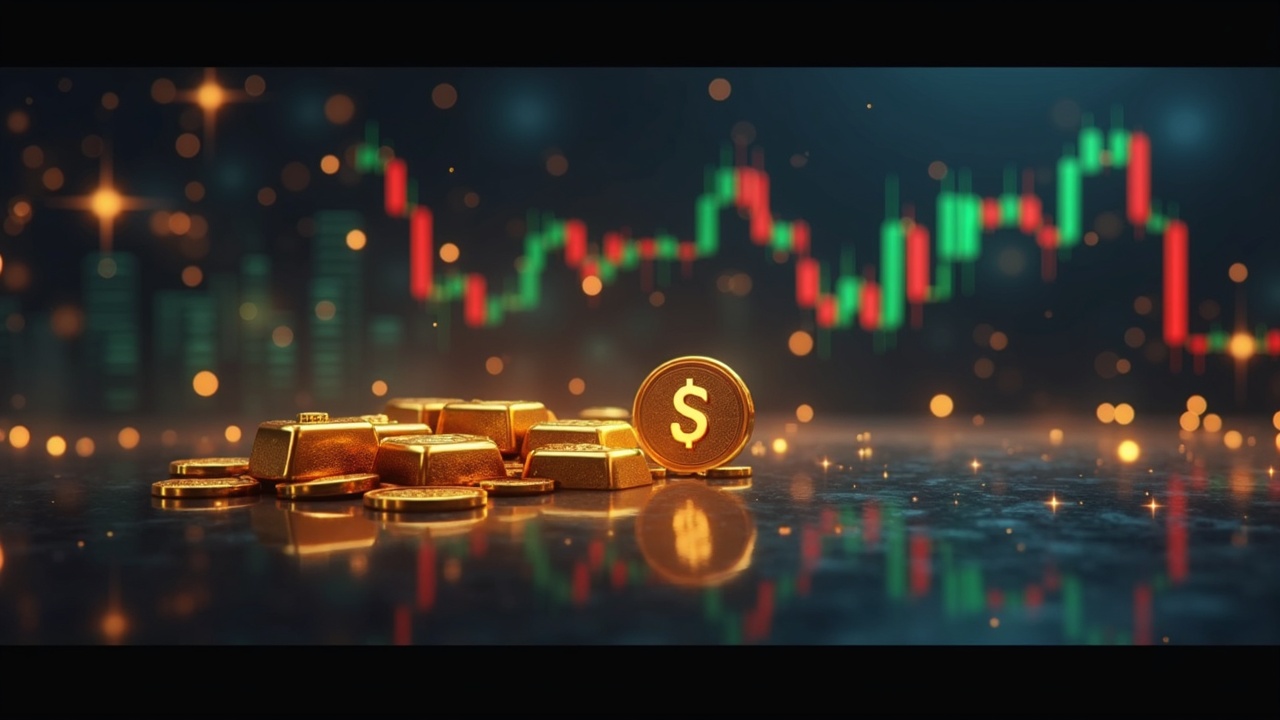A Shifting Financial Landscape
Ken Griffin, the founder of Citadel, has voiced significant concern over the recent surge in gold prices beyond $4,000 and the simultaneous weakening of the U.S. dollar. He characterizes this shift as a “debasement trade”, suggesting it reflects a broader decline in confidence in traditional fiat currencies. This environment is forcing institutional investors, central banks, and compliance teams to fundamentally rethink reserve strategies, redirect capital toward safe-haven assets, and prepare for potential regulatory changes affecting treasury and derivative operations.
The Flight to Real Assets
The data underpinning Griffin’s concern is stark. Gold futures have climbed more than 50% in 2025, decisively breaking the $4,000 per ounce barrier. Concurrently, the U.S. Dollar Index (DXY) has shed nearly 10% in the first half of the year. This trend isn’t confined to precious metals; Bitcoin, trading at $126,000, is increasingly being grouped into the same category of alternative hedges. This collective movement points to a market that is actively seeking stores of value outside the traditional dollar-based system.
This perspective isn’t universal. Goldman Sachs offers a more measured outlook, raising its gold price target to $4,900 per ounce by December 2026. The firm attributes the strength to steady inflows into gold ETFs and sustained purchasing by central banks, rather than a crisis of confidence. Goldman also anticipates Federal Reserve rate cuts around mid-2026, which would typically support non-yielding assets like gold, suggesting the current trend could persist under more orderly conditions.

Navigating The New Terrain
For financial professionals, this shift carries tangible implications. The rising demand for havens like gold and Bitcoin is increasing hedging costs and can widen bid-ask spreads, making it more expensive to manage risk. Corporate treasury and risk management frameworks may need to adapt to a world where portfolios are intentionally tilted away from the dollar, potentially leading to tighter liquidity conditions. Furthermore, compliance teams must enhance their monitoring of cross-border capital flows and ensure risk limits are calibrated for this new environment of heightened volatility and changing asset correlations.
In essence, while analysts may debate the drivers, the market signal is clear: the landscape for reserves and hedges is evolving. Institutions are now tasked with navigating a path where real assets play an increasingly central role, demanding adjustments across trading, treasury, and compliance functions.


